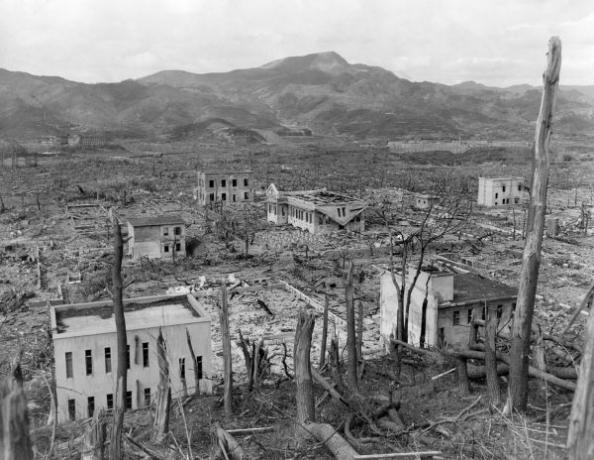The science responsible for the study of water dynamics is hydrology. Through it, it is possible to analyze the water cycle, its characteristics, in addition to differentiating the various bodies of water existing on planet Earth. The lagoon, which is often mistaken for lakes, is one of the aquatic environments analyzed by hydrology.
The term laguna comes from the Latin gap. This environment is formed in lowered terrain, that is, in depressions, and shelters still and shallow waters that can be fresh, brackish or salty. The lagoons are located on the coastal edge, being fed by river waters (fresh) and, in some cases, by ocean waters, through tides and channels.
The waters of the lagoons and the sea are separated by coastal cords, however, many of these environments have channels that provide permanent contact with the ocean. This factor determines the degree of salinization of water in a lagoon, as the greater the contact between the two environments, the greater its salinity. In regions where there is a greater flow of fresh water discharges, the sailinity is lower. Temperature is another element responsible for this characteristic of water: high temperatures intensify the evaporation process, with, therefore, a greater concentration of salt in the water.
Despite harboring few animal and plant species, the lagoons are of great importance for the environmental balance as they provide nutrient-rich foods to the base of the food chain oceanic. This environment is also used as a refuge and for the reproduction of some marine species.
By Wagner de Cerqueira and Francisco
Graduated in Geography


